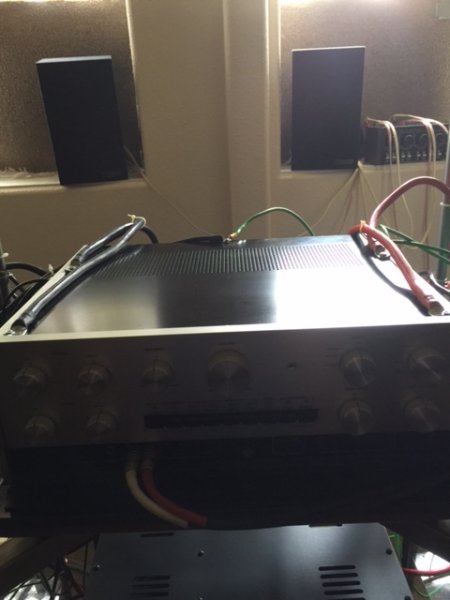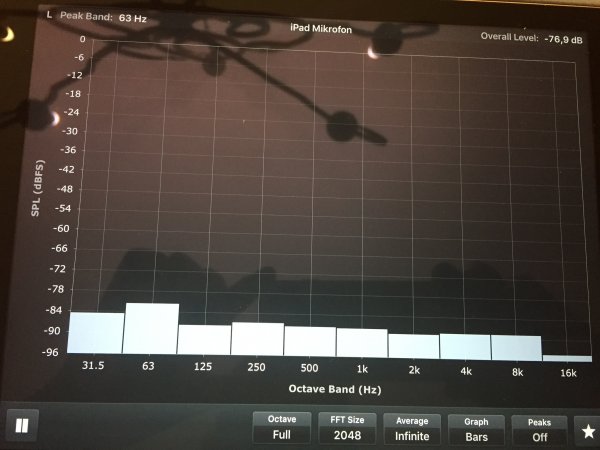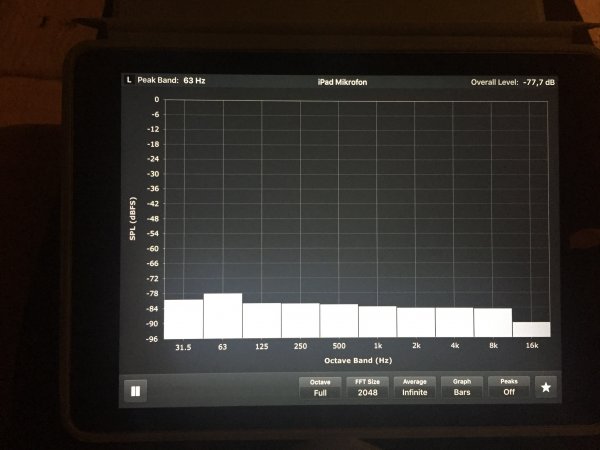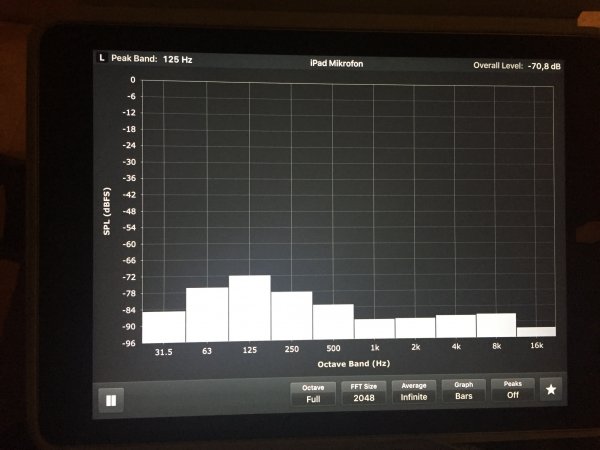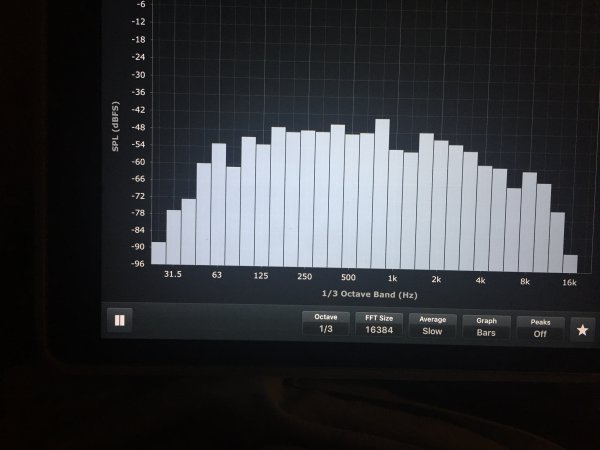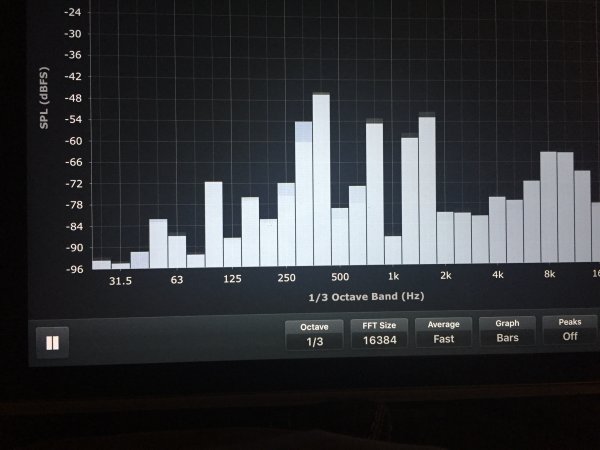for real world comments on this noise issue read the
Fremer Boulder 2150 review.
low noise is certainly important.
but system noise is what matters in the end, and what are the consequences of an amplifier strangling the musical flow in the name of test bench low noise. in my system I use the Evolution Acoustics 'zeel' BNC's which do lower the noise just that little bit more. plus; the new dart pre is a good deal quieter than the previous one and pre's and amps need to be viewed as one entity as far as noise. and
it's the whole balance of the system including the synergy of an amplifier and speaker where the music either breathes and flows and has that realism or it is does not quite do it. in my system with such an easy load and powerful amplifier you get this magical first watt and ease and authority. the whole room, power grid, grounding products, NCF outlets and plugs, active isolation, and all the acoustical tweaking all add up to give it a super low noise floor, but the flow, nuance and completeness of the music comes through.
and in my system the deep bass is handled by the active bass towers, which has benefits for the ease of the dart 458's on the music.
it's a
system.







